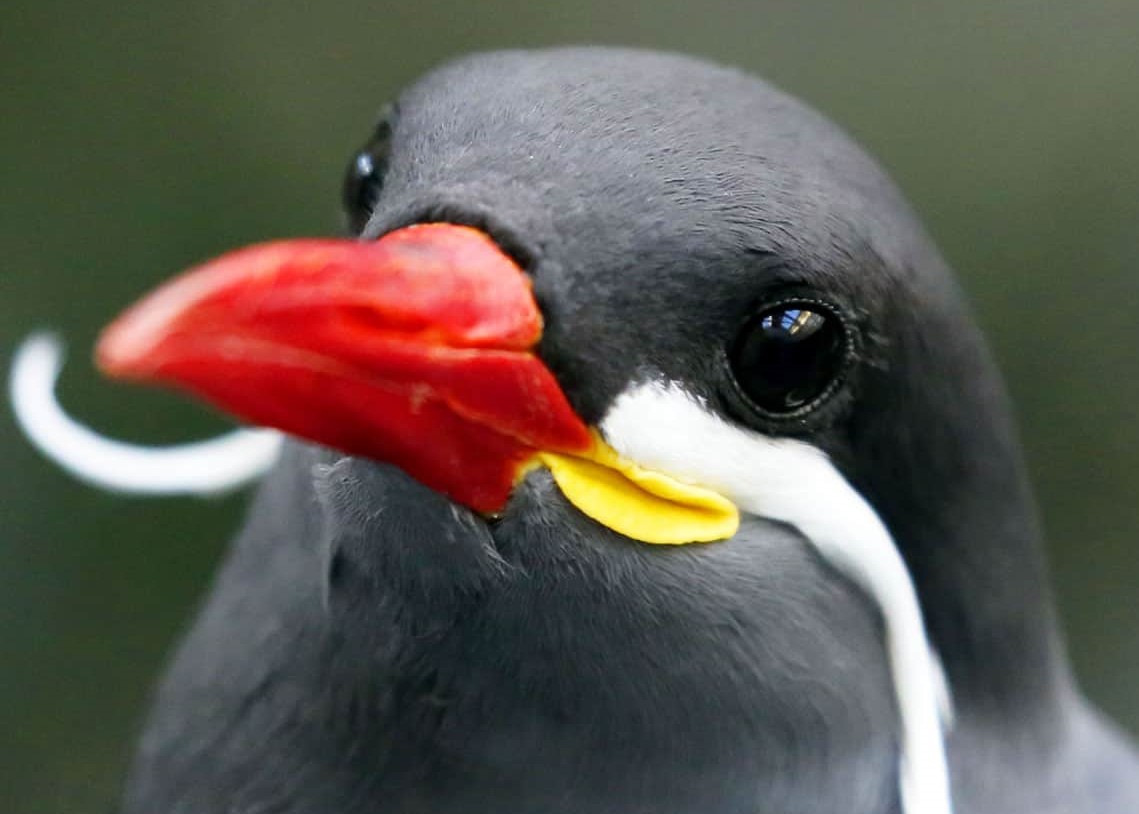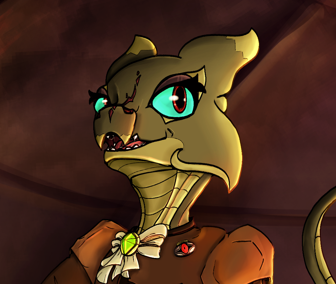Jelly Eel
Anatomy
Jelly eels grow to a maximum of a foot long (12 inches or 30cm). They have a small, streamlined body, that they bury in the sand of the Tea-Pit. They have tiny pink and purple scales that form stripes down their bodies. Males start with a pink head, and the stripes follow, while females have purple heads.
They have very small beaks that they use to shear sea-grasses on the sea floor. These animals have no defences from predators, and instead rely on tunnels in the seabed that they retreat in when animals approach. Because they are close to the bottom of every food web, they are very skittish animals and are difficult to spot outside of their tunnels.
Reproduction
Because of their short lifespans of one year, jelly eels mate every other month. They reach sexual maturity at six months old, and lay eggs in batches of a thousand. These eggs are shoved at the bottom of the eel tunnels, where they are best protected from predators.
Baby jelly eels are known as jellvers, and they are extremely squishy and slimy, unlike adults. They secrete a slime so that they can slip past predators and cause a disturbance in their bodies when swallowed, that causes them to regurgitate the babies while they are still alive. It is unknown to Cilvarthians why adults lose the ability to produce slime, as it is rather effective.
Diet
Jelly eels are herbivorous animals, consuming the various sea-grasses that grow on the sea-floor of the Tea-Pit. Jellvers are unable to consume sea-grasses as they have no beaks to grasp at it, so parents will chew up and regurgitate large amounts of sea-grasses that they turn into a paste in their mouths. When they spit the food out, it becomes a battle for the jellvers to eat.Cilvarthian Delicacy
Jelly eels, with their squishy texture, make excellent seaside snacks. As they are raked in and stored in icy containers, jelly eels are harvested en masse and tossed in large fryers, and then coated in various spices and flavourings. Jelly eels are one of the more popular seaside treats, as they are rare and therefore more valued. They are more common nowadays, as jelly eel farms have been constructed.Use
Jellvers, with their slime-producing capabilities are popular with students and hospitals, and odd pairing for sure. Students like jellvers as they induce vomiting - since jelly eel farms have been set up, baby jellvers aren't too difficult to find, and the vomiting gets them out of classes.
Hospitals love jellvers because the vomiting helps treat poisoning. If somebody were to swallow a toxic substance, hospitals will make them swallow a jellver which will cause the vomiting. Ideally, the toxic substance will be regurgitated and the patient will be treated but it isn't a guarantee, unfortunately.











Oh my god, Jellivers! That's such a cute name.
So glad you like it! I combined jelly with elver, a juvenile eel :D